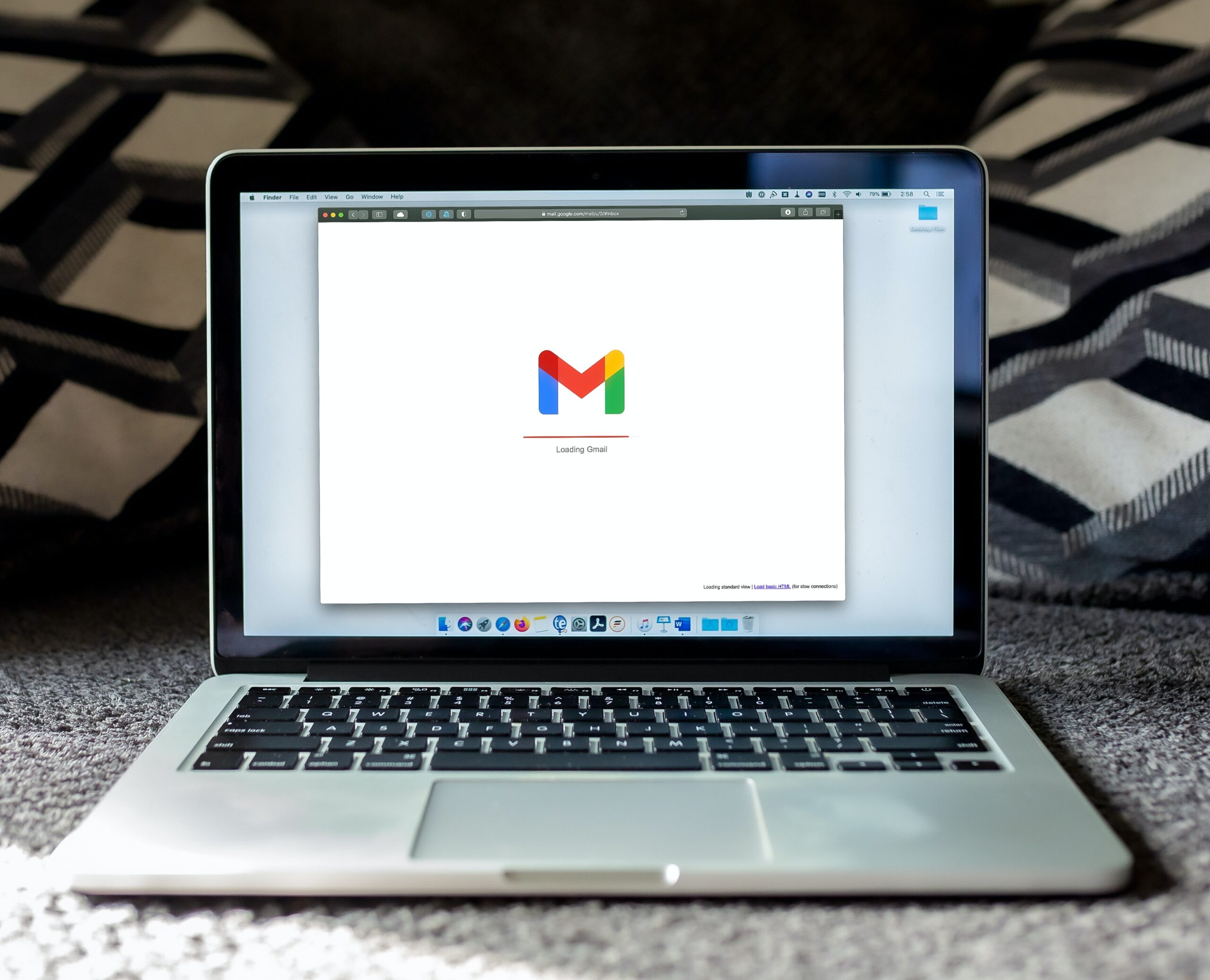When you hear “content”, you might just think of viral videos and hyped-up products, but content marketing is actually a lot more far-reaching and strategy-driven than that. With the right plan in place, it helps to raise awareness about your product or service, gives prospects and leads a reason to consider using your brand, and uses persuasive techniques to convert them into paying customers.
But how, you ask? It’s simple really. Content marketing drives sales by targeting customers with relevant content at every stage of their buyer’s journey.
Content marketing drives sales by targeting customers throughout the marketing funnel
Did you know that 70% of B2C marketers use content marketing as part of their strategy? That’s because, when a consumer finds themselves with a problem to fix, they look to the internet to learn more about it and the available solutions. To take advantage of this, you need to ensure content about your product or service is out there for them to find and learn from.
This means targeting prospects at every stage of the marketing funnel — those who are researching the problem, those looking for the solution, and those assessing whether your brand specifically offers that solution. If your product or service is right, content marketing makes sure they know it and encourages them to make a purchase.
What is the marketing funnel?

Okay, so let’s start at the beginning. What is the marketing funnel? The three stages of the marketing funnel—awareness, consideration, and conversion—describe how consumers go from learning about your brand to buying from it. In short, this process shows how content marketing and sales are directly linked.
- Awareness: When consumers have a problem to resolve or a need to fill, they search for blogs and videos that will help them learn more about what they need to do or buy to solve their problem. When they find your content answering the exact question they’re searching for, they not only gain an understanding of their problem and needs, but become aware of your brand and your product too.
- Consideration: Product pages, tutorial videos, and trusted reviews help consumers learn more about your product and its suitability for their situation. The more high-quality and easy-to-find information you put out there, the more they’ll be able to consider you as a potential solution.
- Conversion: At this stage, they probably have multiple options to choose from. Good ratings, customer testimonials, name recognition, customer care, availability, and affordability are all factors that help them make a decision. Display all the right information on your website, drive home important points in emails and social posts, and create detailed FAQs pages that resolve their doubts and help them feel confident.
The ideal content marketing strategy provides potential customers with content relevant to every stage of the content marketing sales funnel. This means targeting those who are researching the problem, those looking for the solution, and those assessing whether your brand specifically offers that solution. If your product or service is right, content marketing makes sure they know it and encourages them to make a purchase.
The awareness phase

During the awareness phase, you should be providing prospects and leads with educational and informative content. At this stage, you aren’t selling your product, merely helping them to understand their problem, so they can start looking for solutions (which you offer).
Creating awareness phase content
There are several types of content to capitalize on, including SEO blogs, ebooks, podcasts, and videos. The secret is to use as many different forms of content as possible (assuming they’re still relevant to your brand), so you can reach a wider range of consumers.
Awareness is where it all starts. Once prospects know who you are, you can nurture them into becoming paying customers.
Examples of awareness phase content
Let’s say you’re a skincare brand, for example. You might sell creams that treat dry, itchy skin. So, you’d create a blog about the causes of itchy skin, allowing consumers struggling with this itchiness to read more about their condition. They can then diagnose their problem, moving them along into the next phase where they search for a solution for said problem.
Similarly, if you’re a social media marketing agency, your prospects are likely looking to learn more about the benefits of social media and what a social media agency does. Here, you might write a blog about the benefits of social media or a guide to what social media agencies do. They can then evaluate if this sounds like something they need, so that they start looking to work with such an agency.
The consideration phase

Now that the prospect understands more about their problem and how to fix it, they’ll start searching for the optimal solution. This is where their needs become more specific and detailed—they want to know the ins and outs of the products they’re looking into.
Creating consideration phase content
The content you show them at this stage should be product or service-focused and practical. We’re talking product pages and tutorials with clear images or service pages with demo videos. Essentially, your content should cover everything consumers need to know to make the most of your product or service.
Being vague at this stage can cost you leads, as they’ll be more likely to choose a competitor that provides more information and makes them feel more confident about their purchase. If applicable to your brand, you can even dive into long-form content like webinars, events, and case studies.
Examples of consideration phase content
To continue the earlier examples, let’s say your prospect with itchy skin now knows that their itchiness is caused by dryness and the best way to resolve this is with a moisturizer. During their consideration phase, they might explore the different types of moisturizers available, reading up on gel-based vs water-based, scented vs fragrance-free, and prescribed vs. over-the-counter. They’ll read articles like ‘Top 10 moisturizers for dry skin’, in-depth product pages, comparison sites, and so on.
Or, if your prospect is sold on the benefits of social media marketing and are now searching for the right way to start producing social media content, they may look into the pros and cons of using an agency vs a freelancer or a consultant. They’ll read case studies and customer testimonials from other companies that have used agencies or freelancers.
The conversion phase

At this stage, the prospect might have multiple products or companies they’d be happy to try but iwill choose whichever is best for their needs and budgets. They want to know the practical stuff — pricing, warranties, shipping, availability, where to buy from, and what the customer service is like. They’ll likely use all of these elements to compare your offering with your competitors.
Creating conversion phase content
At this stage, you want prospects to find third-party recommendations and feel confident about purchasing from you. Getting customer reviews and testimonials is also a great strategy. People who have used your product can tell new leads exactly what they want to know about it and convince them to take the leap. You could also publish your own comparison blogs, but it’s important to be fair and truthful. A detailed FAQ page can also help you answer practical questions and address the little details that don’t feel at home on your product page.
This is also the right stage to promote sales, deals, accessories, and other information that can provide extra value to the consumer and give you a competitive edge.
Examples of conversion-led content that drives sales
To continue the earlier examples, let’s say your prospect is deciding between two moisturizers. They’ll read customer reviews, look at before-and-after photos, watch social content of people testing the product, and see if you have a sale or offer on.
If your prospect has decided to go with an agency, they’ll likely look at your pricing pages, ask for samples or use cases, and read your customer testimonials.
Content marketing drives sales if it’s done right
Building awareness and earning trust are the core aims and benefits of content marketing. By providing content that addresses problems, introduces solutions, and offers your products or services as the best option, you can find the people who need your product, lead them to it, and give them ample reason to make the purchase.
At Scribly, we work with you to develop a content marketing strategy that fits your needs and drives sales. Reach out now to have a chat and get the ball rolling.




